
birds


Fossil Friday: New Fossil Stem Bird Is Surprisingly Modern
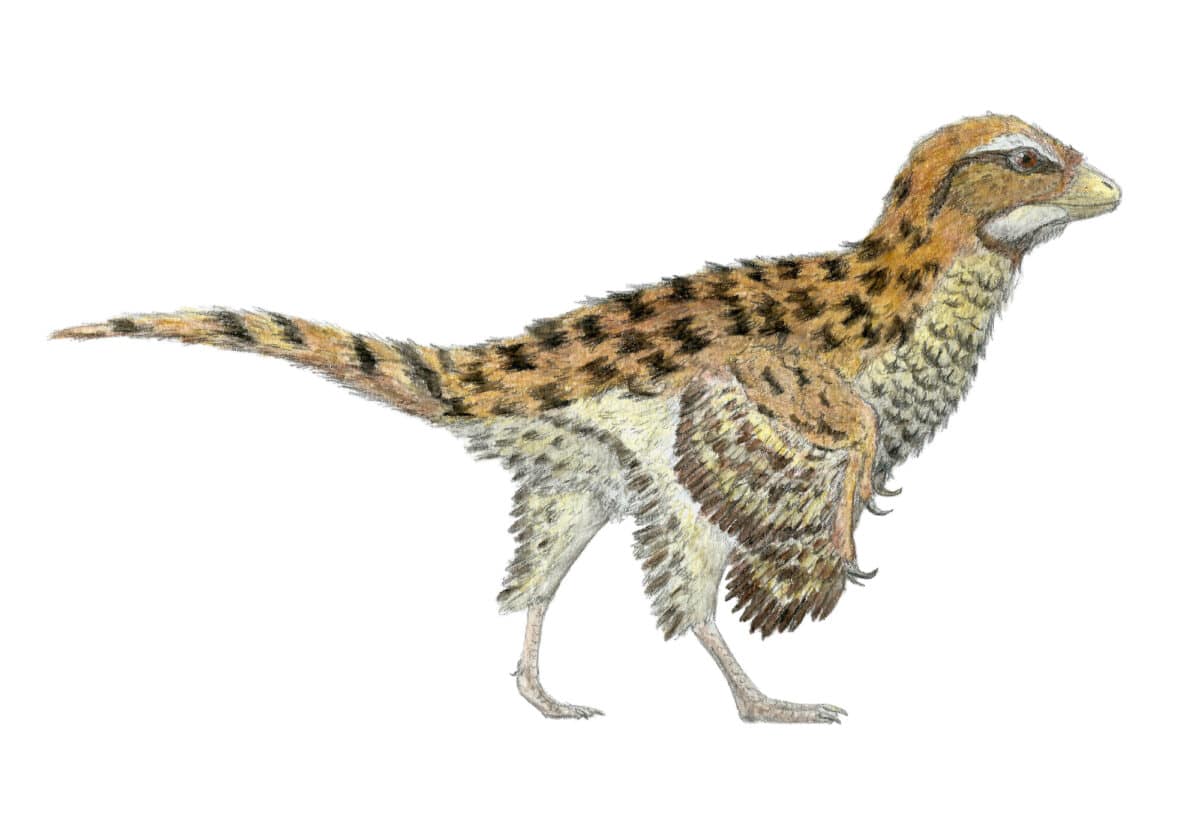
Fossil Friday: More Evidence That “Feathered Dinosaurs” Were Secondarily Flightless Birds
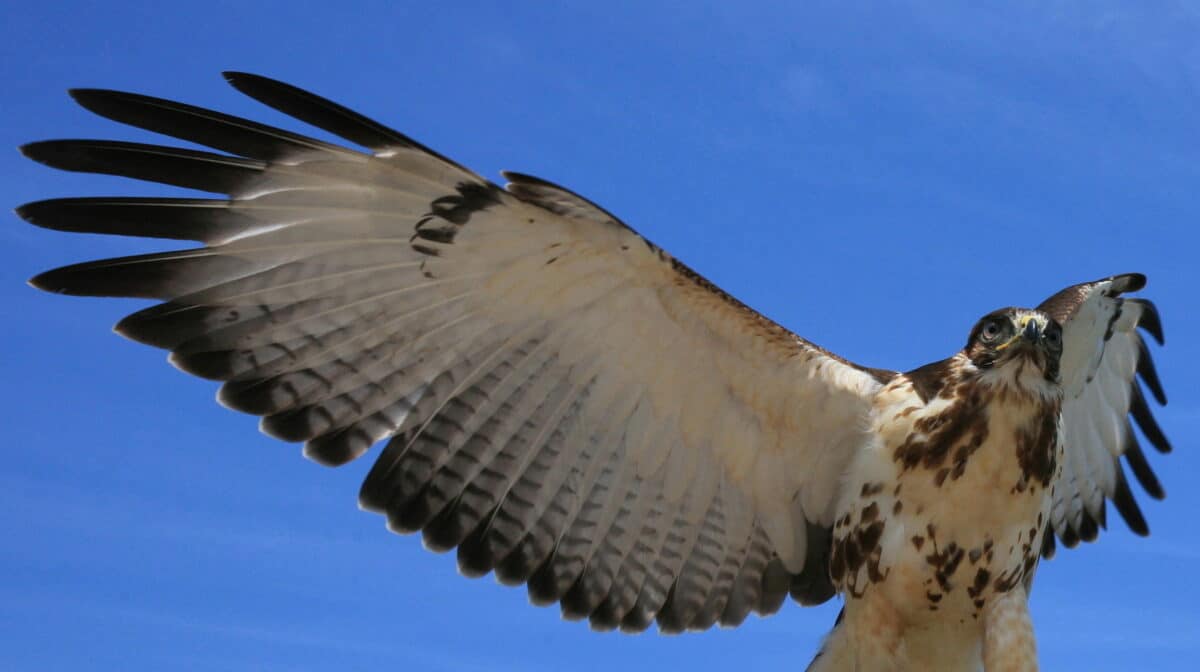
Developmental Biology of Vertebrate Skeletons Shows Similarities are Better Explained by Design

Fruit Is Designed for Life
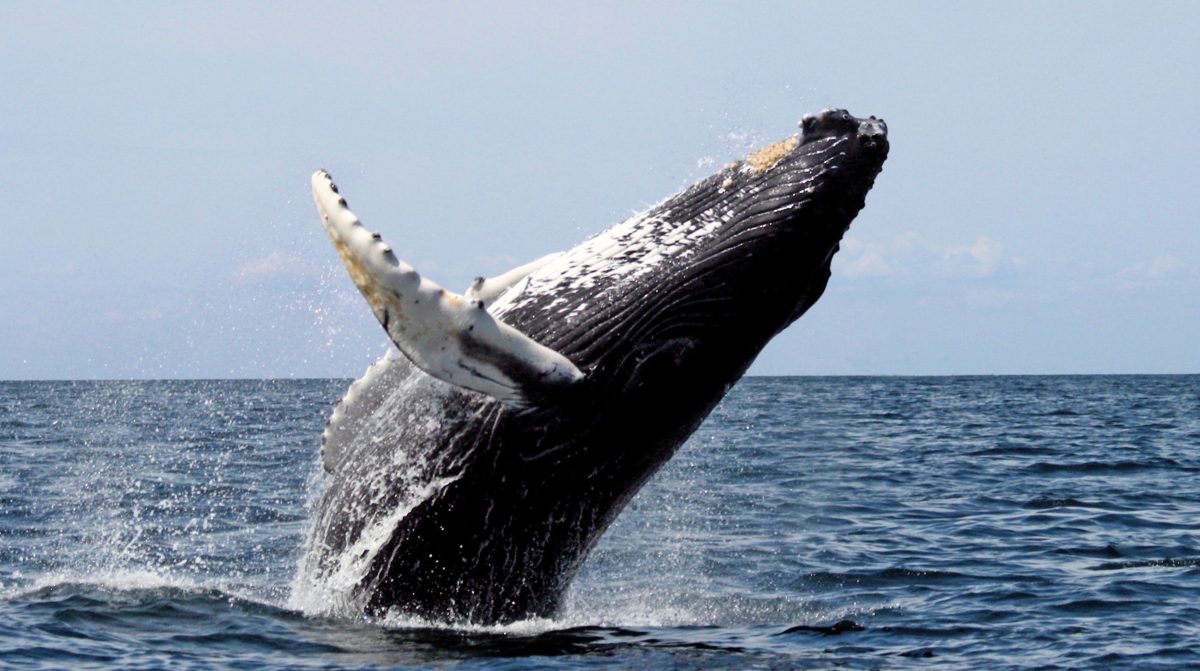
Similarities Between Vertebrate Limbs Are Best Explained Not by Common Ancestry but by Design
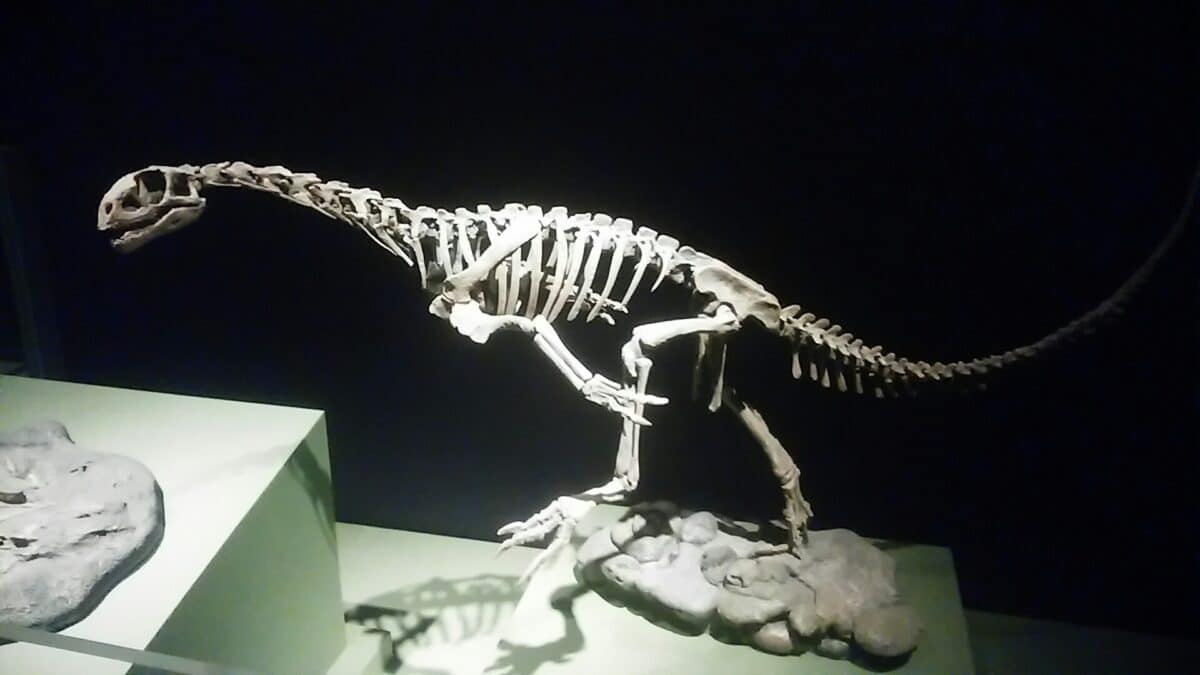
Fossil Friday: The Mystery of the Frankenstein Dinosaur
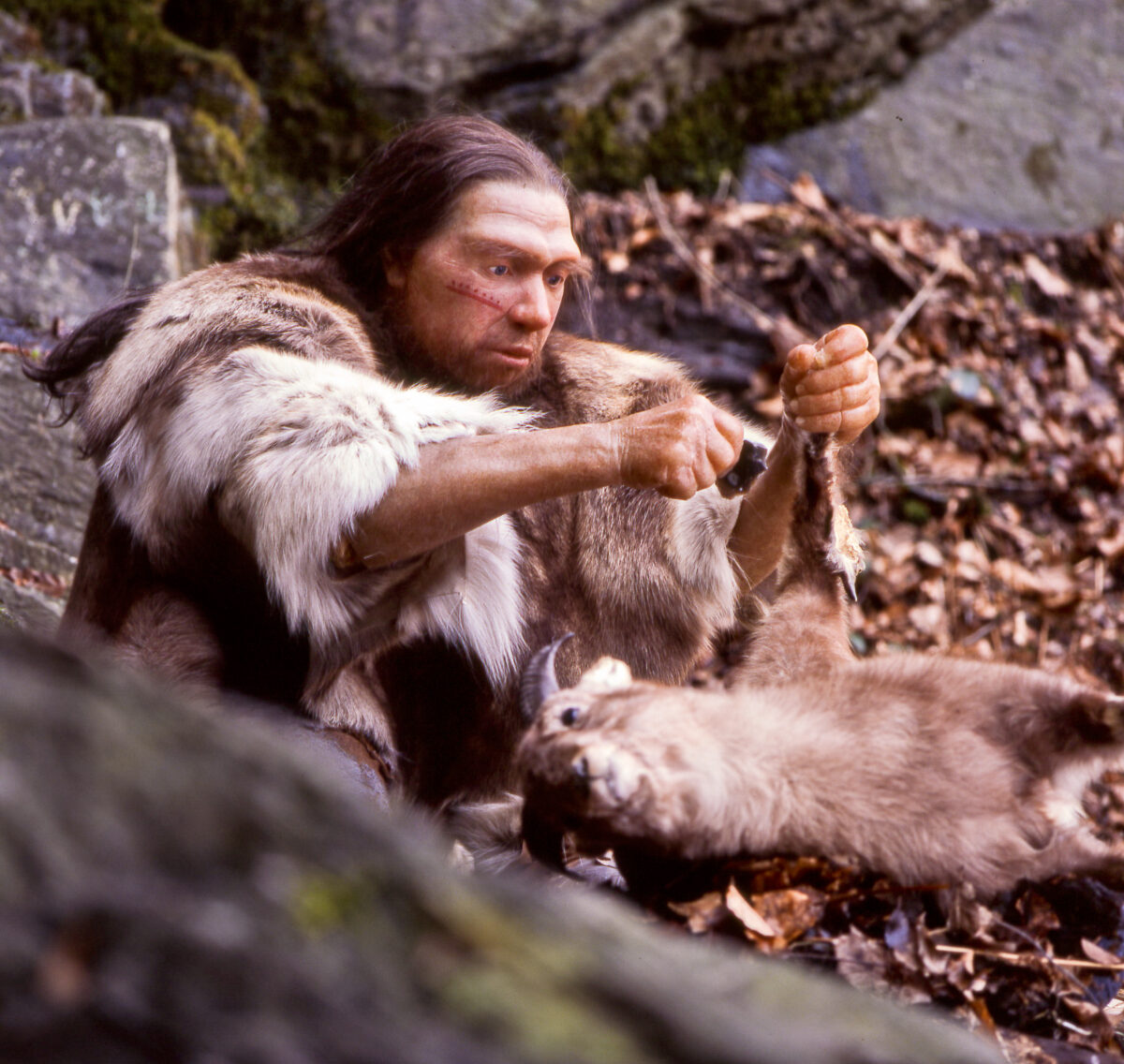
The Joy of (Neanderthal) Cooking
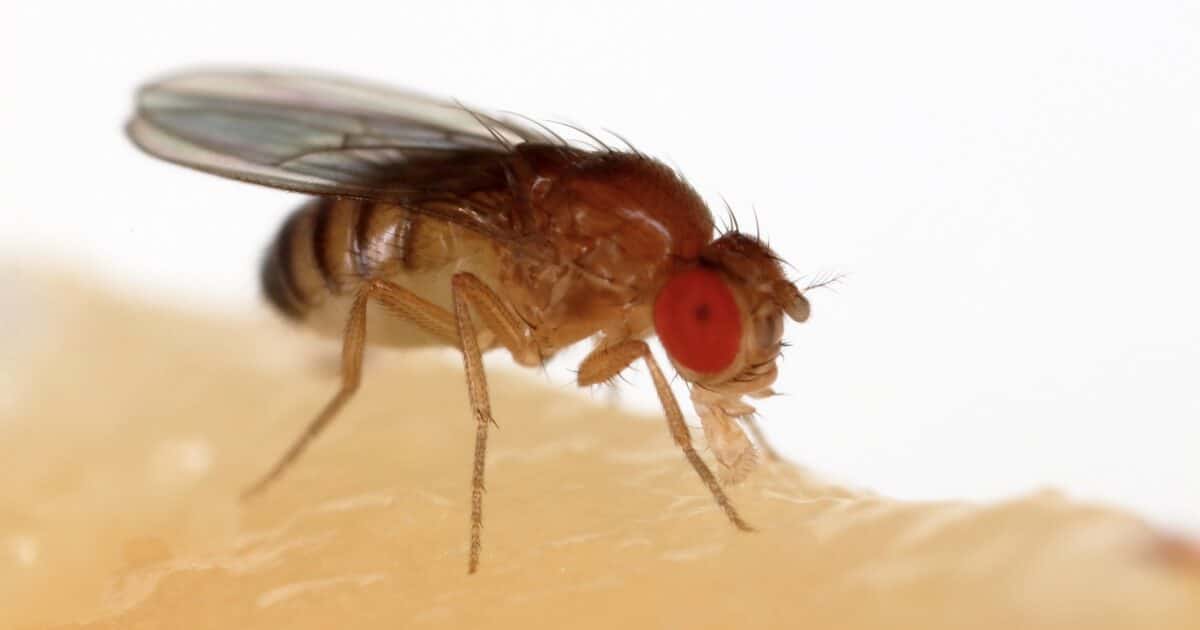
Fly Flight Is More Sophisticated than Imagined






































